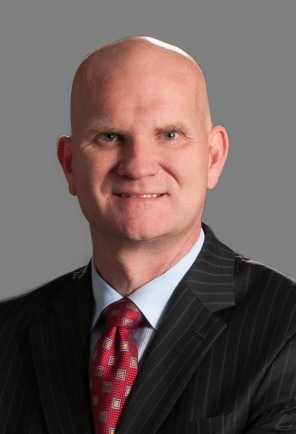DOL Takes Narrow View of 'Top Hat' Plan Status
2015-Issue 30—Many companies maintain “top hat” plans to provide supplemental pension benefits to their top-paid employees. A recent brief filed by the Secretary of Labor in pending litigation suggests that sponsors of such plans may want to rethink the population that is allowed to participate in such plans.
A top hat plan is a pension plan that, according to the statutory definition, is unfunded and is maintained by an employer primarily for the purpose of providing deferred compensation for a select group of management or highly compensated employees. Such plans are exempt from many of the requirements of the Employee Retirement Income Security Act of 1974 (ERISA) that are intended to protect the rights of plan participants. For example, top hat plans are not subject to requirements regarding participation, vesting, fiduciary duties or participant disclosures, to name a few. The reason that Congress excluded top hat plans from these requirements is that it deemed top-level management, unlike most employees, to be capable of protecting their own pension expectations.
In a case styled Bond v. Marriott Int’l, Inc., No. 15-1160(L), which is pending in the Fourth Circuit, the Secretary of Labor filed a brief asamicus curiae, taking the position that the plan at issue would not qualify as a top hat plan because it covered participants who were not considered management or highly compensated. The Department of Labor essentially takes the position that a plan cannot be a top hat plan if it includes any participants who are not management or highly compensated.
It has been a subject of some debate as to whether the term “primarily” in the statutory definition of a top hat plan is intended to modify the purpose of the plan (to provide deferred compensation) or the group of eligible participants (select group of management or highly compensated employees). Some companies that sponsor these types of plans have historically taken the approach that so long as the plan primarily covers management or highly compensated employees, it should qualify as a top hat plan. Therefore, those top hat plan sponsors would allow employees who may not actually be management or highly compensated to participate in such plans, with the thought that the “top hat” status of the plan should be intact as long as the number of such employees in the plan is minimal.
In the brief filed by the Secretary of Labor in the Bond case, the DOL takes the position that in the event that any employees who are not “management or highly compensated” are permitted to participate in a top hat plan, the plan will not qualify for the top hat exemption and will be subject to all of the requirements of ERISA. In the Bond case, the plan at issue provides significant stock-based pension benefits to thousands of Marriott employees and former employees. Because of the number of employees covered by the plan who were not management or highly compensated, this is a case with bad facts — which usually makes bad law.
Alvarez & Marsal Taxand Says:
Companies sponsoring top hat plans should be aware of the DOL’s position regarding those who are permitted to participate in such plans. To the extent that the plan includes any participants who might not qualify as “management or highly compensated,” companies should analyze whether the risk of a finding that the plan does not qualify as a top hat plan warrants a change in the plan or its administration to narrow the class of employees allowed to participate. Your Taxand professionals stand ready to assist with this analysis.




